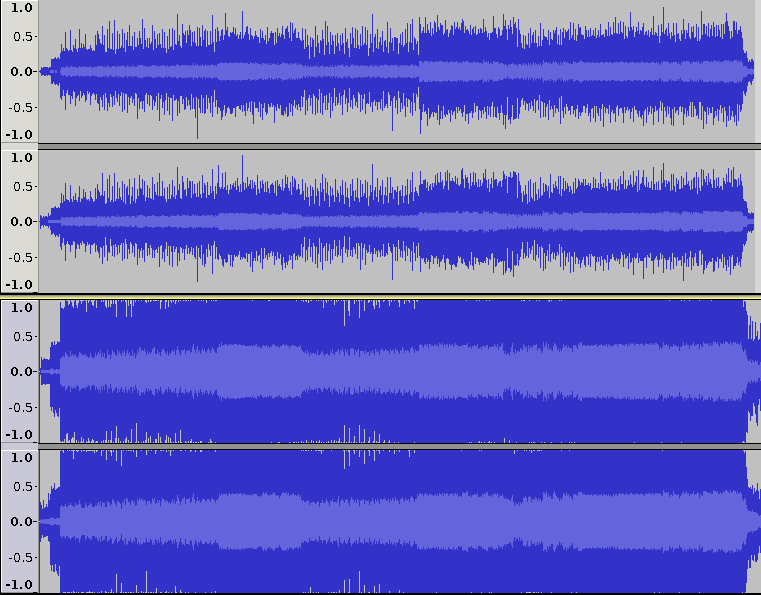Cornerstone: The home stereo is dead. Long live the home stereo.
August 11, 2017
A few years ago, CNN proclaimed that the home stereo was dead.
When I first read that, my thoughts were “Oh no, I’d better get home and plug mine in.” Then I realized that I had fallen for yet another sensational headline.
Hyperbole is the nature of headlines, but the more I thought about it, the more it made sense. If you go to estate auctions or garage sales, you find that once upon a time a home stereo was as essential as a couch or a refrigerator.
But how many people listen to a home stereo now? But then again, how many actively focus on listening to music instead of preferring to just hear it in the background? (There’s a big difference between hearing and listening.) I don’t know the answer to either question, but it certainly makes a person wonder.
My impression is that music has become more available and more disposable, which, as with anything, has its ups and downs.
With the advent of Youtube, we can listen to almost anything we want anytime we want; the sound isn’t as good as a home stereo, but if you’ve never listed to one, you’d never know the difference.
We value the things we have to work for; if teachers started giving out A’s to make their own lives easier, those A’s would actually be meaningless. And that has what music has become for so many people. No effort equals no value.
Part of the vinyl trend is a reaction to that, a desire to have an experience that is more tangible and immersive.
While the fact that so much is readily available and free has some great benefits, it also has some drawbacks that are often not considered or examined.
One of the unintended consequences is something called the loudness war, which removes dynamic range.
Dynamic range is the volume difference between the soft and loud parts. If you’ve ever had to turn up a movie to hear someone’s whispering only to be blown out of your seat shortly afterward by an explosion, you’ve experienced dynamic range.
This loudness war exists in part because everyone is listening to music on small devices with a lot of background noise. And the best way to make sure all of the music is heard is to make all parts of the song (even the quiet parts) loud, which makes the song sound like it’s yelling at you all the time – not my idea of a good time.
For example, first listen to The Chainsmokers’ Paris. It’s kind of a cool song, but imagine if the quiet parts were quieter, which would make the loud parts seem even louder; the drums should punch, not tap. The compressed dynamic range robs the song of a lot of its power.
Now listen to the quiet – loud – quiet dynamic in Nirvana’s “Lithium” or Radiohead’s “Creep.” Youtube also compresses the dynamic range in its playback, so those songs are even more powerful on, you guessed it, a home stereo.
So much of the music that has been released in the last fifteen years has been cheapened by the fact that it’s optimized for listening on bad playback devices with cheap earbuds, although things have showed some signs of improvement.
As an example, Metallica’s Death Magnetic (released in 2008) has almost no dynamic range and sounds horrible. The songs are great, but if you want to actually enjoy them, you’ll have to hunt down the Guitar Hero III version. But for the band’s last album, Hardwired to Self-Destruct, the dynamics and detail are back in, and it sounds much better than its predecessor.
Yes, a home stereo is less portable than a phone, but listening through a phone cannot compare with the richly rewarding experience of a decent home stereo. And the improved sound makes the music worth your attention.
And that home stereo doesn’t have to be expensive, either. (Next week, I’ll explain how to put together a system on the cheap that’ll make you wish you’d done it sooner.)
So while Youtube and phones have their place, they’ll never replace a good home stereo.

